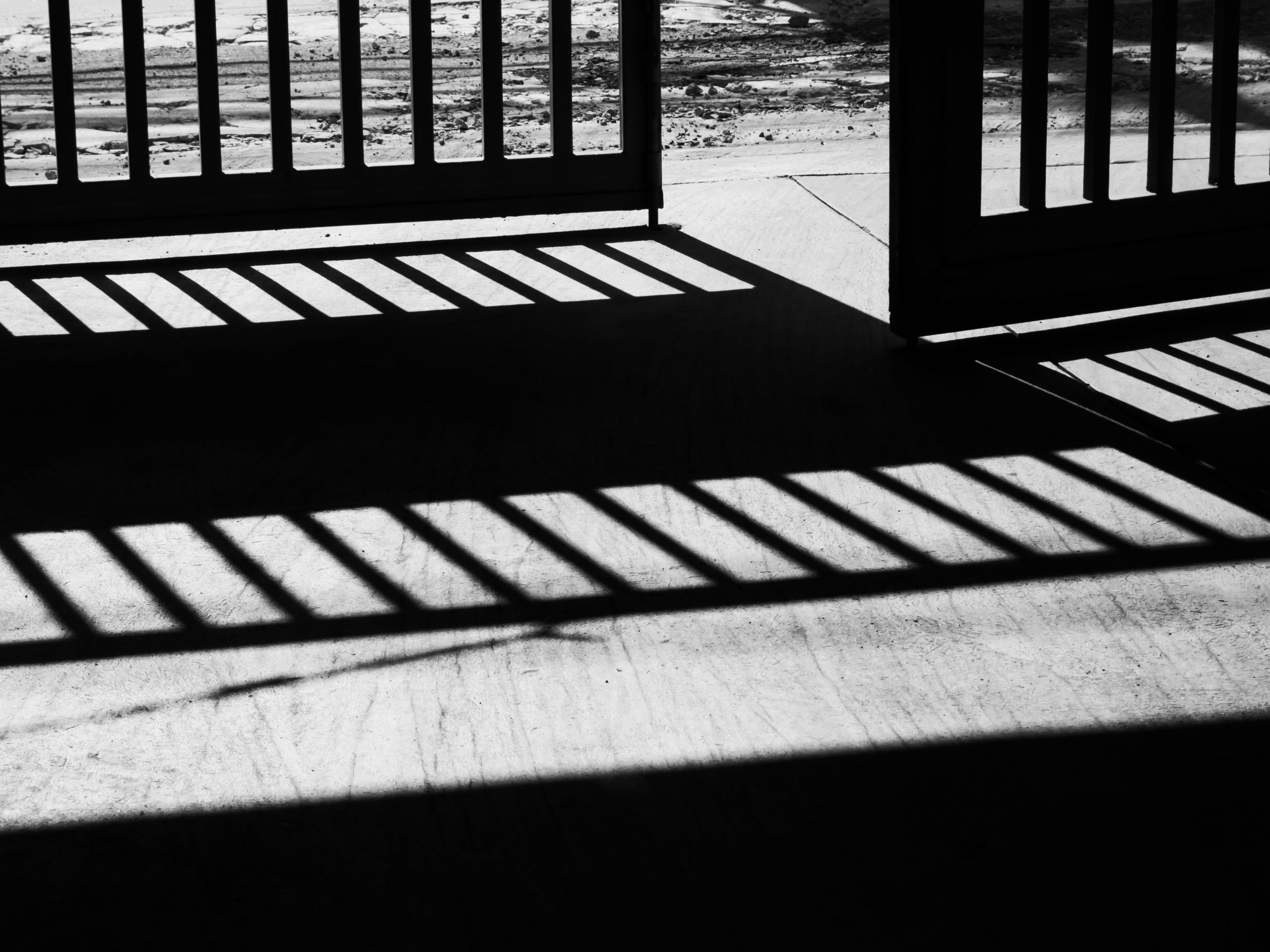Instead of Rehabilitation, Prisons Fuel a Vicious Cycle of Instability
Incarcerated people need opportunities to learn and grow.

During my 31 years in prison, I have watched as almost all programs aimed at rehabilitating people have been drastically reduced or completely eliminated. What is left is a system that is focused exclusively on punishment—punishment that continues even after a person’s time has been served—and a system that leaves everyone, inside prison and out, at risk and cruelly misserved.
Prisons in the United States haven’t always been like this. When I entered the system, in 1990, things were starkly different. In Maryland, where I first went to prison, the Jaycees and other civic organizations, the NAACP, and various support groups had prison chapters so that the incarcerated population could actively engage with the diverse missions and values of each group. The NAACP used to send sponsors to meet with us and educate us on how to register to vote while still in prison, which is almost unheard of now.
We also had opportunities for leadership and community engagement. I was the president of a youth organization at my prison from 1993 to 1995. We brought in guest speakers that included community leaders and politicians such as the late congressman Elijah Cummings and former NAACP President Kweisi Mfume. Media outlets would cover our annual summit, which featured panel discussions with incarcerated people, their families, and community leaders on topics such as the value of youthful offenders returning to their communities and the importance of second chances.
Our options for education were seemingly unlimited, including the chance to obtain associate’s, bachelor’s, and even master’s degrees, because the Pell Grant was still available to prisoners back then.
It didn’t feel like we were being warehoused. We had seemingly free reign to go where we needed without having to get a pass or wait to be called. One building had religious studies; another had gym equipment; another had a law library. Even though we were in prison, we could use these resources freely, as long as we didn’t abuse them. We weren’t just doing time and looking for trouble; we had activities that not only kept us busy but also helped us to flourish.
In 1994, all of that began to change. That’s when Congress passed President Bill Clinton’s crime bill, which gave states lots of money to build new prisons but took away funding for educational and rehabilitative programs. There were cuts to a number of in-prison programs as a result of the legislation, which was championed by both Democrats and Republicans. One of the most damaging results was the end of our eligibility for the Pell Grant program, which helped incarcerated people pay for college education.
When this happened, I had just started my own college education, studying for an associate’s degree in general studies at Baltimore City Community College after getting my GED in 1992. I was just beginning to enjoy learning for the first time. School helped me be more disciplined, and focusing on my studies kept me out of trouble. Having my access to education taken away at that time was devastating. And I wasn’t the only one. Within a decade, the percentage of prisoners taking college courses fell by almost half, according to the Prison Policy Initiative.
When they cut all the programs, there was nothing left for a young person to do besides hang out on the tiers outside our cells, in dayrooms, or in the exercise yard. I was surrounded by young people who were running around without any real supervision or programming. In that environment, my friends and I started getting bad ideas. In 1996, at the age of 25, I became one of the originators of a prison gang that soon became prevalent in the Maryland state prison system, which resulted in me being sent to a high-security prison for five years. My situation was a prime example of idle time not serving the youth! (I left that gang many years ago. After five years in max, I was ready to turn over a new leaf.)
When you imprison people for decades without caring about their welfare, they return to society no better than when they went in. The stigma of prison affects every aspect of their lives. They can’t vote. They struggle to find jobs. Their families may be broken or estranged. They deal with many kinds of mental and physical health issues. By failing to prepare them for life after prison, we are creating a vicious cycle of instability in underserved communities.
When you give people opportunities for education, however, it opens up a whole new world to them. When people come into prison, they often struggle with negative or self-destructive impulses. Learning helps people change their mentality and values—and ultimately their behaviors change, too. If we want people to make better choices, we need to give them better options.
My nonprofit, Inside/Outside Consults, is committed to reimagining prisons and changing their culture from one founded in a philosophy of penalization to one focused on mental health and restorative justice. We encourage state officials to adopt educational programs, mental health treatment, and policy changes based on the Scandinavian model to improve safety, dignity, and respect for prison employees and incarcerated people alike.
Incarcerated men and women are human beings, first and foremost. We have to help them move on from the stigma of prison while they accept responsibility for the harm they have caused. That won’t happen if we don’t give people in prison the chance to learn and grow.
